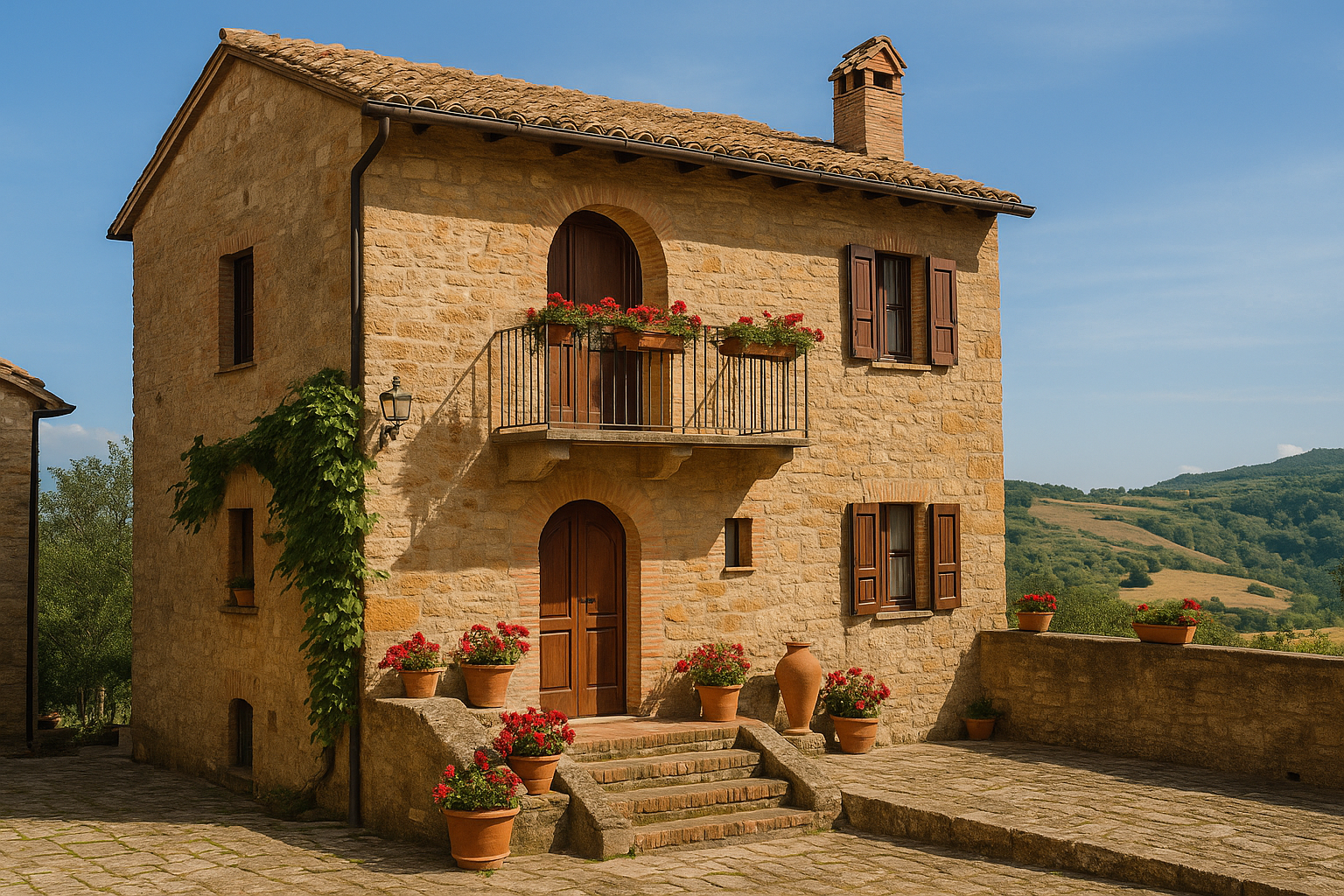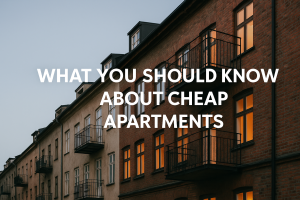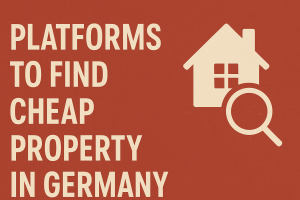Section 1 What Are 1 Euro Homes?
A Simple Offer That Got Global Attention
Italy has captured the world’s attention by offering homes for just one euro. That is not a gimmick. It is a real opportunity for people who are open to living in rural areas and taking on a serious renovation project.
These homes are found in small towns where the population has dropped over the years. Families moved away and many buildings were left empty. Instead of letting the houses collapse, local governments decided to offer them to new owners. The catch is simple. You have to restore the home and bring it back to life.
The program has grown quickly. It started with a few towns in Sicily and now includes more than 40 locations across Italy. Each town sets its own conditions but the idea remains the same. You pay one euro for the property and you agree to renovate it within a few years.
Where Are These Homes Located
You will not find 1 euro homes in Rome or Venice. They are mostly located in quiet regions such as:
- Sicily
- Calabria
- Molise
- Sardinia
- Piedmont
- Abruzzo
These regions are filled with natural beauty and old-world charm. You will find towns sitting on hilltops with cobbled streets and stone houses. Some are close to the sea while others are surrounded by mountains. What they all have in common is space. And silence. And houses that have stood empty for far too long.
What Type of Homes Are on Offer
Most properties were built a long time ago. They may have once been family homes or shops. Over time they were abandoned. The roofs may leak. The floors may need replacing. Some homes have no windows or working electricity. In some cases, they are just four stone walls.
But many still have charm. Arched doorways. Thick stone walls. Old fireplaces. Balconies with views over valleys and rooftops. These homes were built to last and can be beautiful again with the right care.
You are not just buying a house. You are buying history. And you are giving it a future.
Why One Euro Instead of Free
The one euro price is symbolic. It allows for a legal transaction and shows that the buyer is serious. The price is not the real cost. The real investment is the work that follows.
You will need to restore the building. That means hiring builders and applying for permits. In most towns you are expected to start within a few months and complete the work within three years.
To make sure buyers follow through, towns often require a deposit. This can range from one to five thousand euros. It is returned to you once the work is done on time and according to plan.
What to Expect After You Buy
You will become the legal owner of the property. That comes with responsibility. The house is sold as it is. There is no warranty. No repairs have been done. The paperwork will be in Italian and you will need a local notary and sometimes a translator.
Most towns offer some support. They may help you find a local architect or building company. Some will also give tax incentives or help with paperwork. But much of the process is up to you.
This is not a quick flip. It is a long-term project. But for many people it has turned into something special.
Who Buys These Homes
Buyers come from all over the world. Some are young couples who want a new start. Others are retirees with time and savings. Some want a holiday home. A few start small businesses like bed and breakfasts or local shops.
Most buyers are drawn to the idea of owning a home in Italy for the price of a pizza. But those who succeed are the ones who plan ahead. They budget for repairs. They learn about the local rules. And they respect the communities they join.
A New Chapter for Old Towns
The 1 euro home project is about more than selling cheap houses. It is about saving towns from disappearing. When a new family moves in and fixes up an old home, the whole village benefits. Local shops reopen. Schools stay open. Streets feel alive again.
If you are dreaming of a home in Italy and are ready for a challenge, this could be your chance.
Section 2 Why Is Italy Offering Homes for 1 Euro?
A Quiet Crisis in Rural Italy
In many parts of Italy small towns are slowly disappearing. These are places that once had lively streets full of families children and local shops. Over the years that changed. Young people left in search of work or education and never came back. As the older generations passed away the houses stood empty.
Some villages have lost more than half their population. Schools closed. Public services stopped. Local businesses struggled to survive. Entire streets became silent and forgotten. These were not bad places. They simply lost people.
Local governments could not ignore the problem any longer. Keeping these empty buildings was expensive and sometimes dangerous. Letting them fall apart would only make things worse. So mayors and councils across the country started looking for new ideas.
A Creative and Simple Solution
The idea of offering homes for one euro came from that search. The goal was not to make money. It was to bring people back. Towns needed new life and new residents. The price of one euro made headlines but the real goal was long term commitment.
Instead of paying to tear down old homes the town offers them to people who are willing to restore them. In return the buyer becomes part of the community. The local economy benefits from the renovation work. New faces appear in the streets. The town begins to grow again.
This idea worked well in towns like Sambuca where the campaign brought global attention. Dozens of homes were sold. Some buyers moved in and others turned the houses into guest stays or shops. The town came back to life and became an example for others.
A New Life for Both Buyer and Town
The one euro home is not just about owning a property. It is a chance to start again in a place where the pace is slower and the views are better. Many buyers want more than cheap land. They want space peace and purpose.
In return towns get something too. A repaired home brings new energy. Builders get work. Local shops see more customers. The change happens one house at a time but the impact is real.
Some towns even support buyers with advice or local contacts. Others offer tax breaks or help with documents. The exact offer depends on the town but the goal is the same. To welcome people who want to stay and contribute.
More Than a Real Estate Project
This program is not just about bricks and money. It is about saving a way of life. Many of these homes are part of the deep history of Italy. The walls were built by hand. The streets follow old paths. The towns keep old stories alive.
When someone restores a home they help protect that story. They become part of the village andkeep the culture and the traditions going. They bring light back into windows that were dark for years.
Even people who only visit part of the year still help. They spend money locally. They care about the town. And they show others what is possible.
A Win for Everyone
Towns reduce risk and cost. Buyers get a home and a fresh start. Builders get work. The country keeps its history alive. For a program that started with a single idea the results have been wide and positive.
If you are looking for a home in a quiet place and are willing to put in the work this might be your answer. It is not easy but for many it has been one of the best decisions they ever made.
Section 3 What Is the Catch With 1 Euro Homes
A Low Price With Real Responsibilities
Buying a home in Italy for one euro sounds almost too good to be true. And in some ways it is. While the price is real the responsibilities are just as real. You are not only buying a home. You are signing up for a renovation under the rules of the local council.
Once the sale is complete you are expected to begin restoration within months. Most towns give you between one and three years to fully complete the project.
Renovation Costs Compared to the Netherlands
Although the renovation costs can sound high they are often lower than what you would pay in countries like the Netherlands. Labor in Italy is generally cheaper and materials are often more accessible at lower prices in rural areas. That said a solid rebuild led by a local contractor will still cost between twenty five thousand and fifty thousand euros. This includes full structural repairs roofing electric plumbing and basic finishes.
If you want a more luxurious result with high end kitchens or bathrooms the cost will go up. Custom tiles quality fittings and handcrafted woodwork all add to the total. However you still get far more value than what a similar project would cost in Dutch cities or towns.
Doing it yourself can bring the cost down even further. If you have skills in building painting or finishing you can save thousands. Some buyers choose a mix — they hire help for technical work like wiring and plumbing and do the rest themselves over time.
Legal Steps You Must Follow
Like any real property sale you will need to go through legal steps. A notary will complete the transfer of ownership and register the house in your name. You also need an Italian tax number which is required for all property buyers.
The sale contract includes a clear renovation timeline. It may also include design limits if the building is part of a historic district. In almost all cases you will need to place a deposit with the town to show your commitment. This is usually between one thousand and five thousand euros and is returned when you meet the terms of the project.
You are responsible for insurance and property taxes from the day of purchase. These costs are usually low but should still be included in your budget. If the building is unsafe when purchased you may be asked to secure it quickly while your main renovations are being planned.
Plan Before You Buy
The biggest mistake you can make is going in without a plan. Visit the town first. Talk to the local office. Ask about local contractors and permit rules. Make a list of what you will need to live comfortably. Think about heating water waste access and connectivity.
Also consider how much time you will spend in Italy. Some owners visit a few times a year. Others move full time. Either is fine as long as you keep up with the project and meet deadlines.
Towns do not want empty promises. They want people who care about the place and are ready to do the work.
When Projects Fail
Not all one euro homes become success stories. Some buyers give up because the work is more than they expected. Others face delays from missing permits or unclear rules. A few do not complete the renovations in time and lose the deposit.
To avoid this outcome be honest with yourself. Can you manage a long project in another country Can you handle delays or cost changes Can you communicate with local builders or get help if needed
The more you prepare the better the result.
Why It Is Still Worth It
Despite the challenges the 1 euro home offer is still one of the most affordable ways to own property in Europe. You can build something personal and lasting. For many the greatest reward is not the low price but the chance to bring a house back to life. You get a place with history a connection to a community and a real feeling of ownership.
Section 4 How to Apply for a 1 Euro Home
Buying a 1 euro home in Italy starts with finding the right towns and open offers. Every town runs its own programme so you must check each municipal website to find what they list. For a wider overview you can visit Idealista, a trusted property portal that keeps an updated map of all current 1 euro home opportunities. It explains the process, shows the towns and often adds photos and estimated start dates. To explore available homes and learn the official steps, click here to go to their site
Start With the Town Municipal Site
Once you decide on a region, go to that town’s official website. Look for sections titled “Case a 1 Euro” or “1 Euro Homes” in announcements or news. Some towns let you apply online others ask for an email. The first step is personal. Send a short letter saying who you are which house interests you and how you plan to renovate it. Municipalities want buyers who are serious and realistic about their project.
Get Your Italian Tax Code
Before applying officially you will need an Italian tax code known as codice fiscale. This is essential for signing contracts paying taxes opening utilities and registering the home. You can get it before you travel through your nearest Italian consulate or by applying in Italy at any local Agenzia delle Entrate office. Services are free for non residents and simple to request. Detailed instructions can be found on the official tax office website. Click here to go to their site
Prepare Your Documents Carefully
When applying most towns will ask you to include your passport or ID code fiscale a brief renovation outline with cost estimates and timeline proof of funds and sometimes a statement about how you will be involved in the local community. Some may even invite you for a site visit before choosing you. The deposit you pay once accepted is not the cost of the house but a guarantee that you will follow through. It typically ranges from one to five thousand euros and is returned when you complete the work on time.
Sign the Contract With a Notary
After payment of the deposit local officials and a notary complete the sale contract. This legal document transfers ownership and lists all the rules including deadlines renovation standards and fines for failing to comply. You may also need to pay local registration fees small annual taxes and get basic insurance.
Start Renovation With the Deadlines in Mind
Once the sale is complete you must apply for building permits and begin renovation within the deadlines listed in the contract. Most towns give you two to three years to finish the work. If your project is in a historic centre you may need extra approval or work with a local architect. Some municipalities offer a list of trusted builders and professionals. Many buyers combine professional help for structural work and do the finishing touches themselves.
Section 5 Is It Worth It? Real Stories and Advice
Exploring stories from real buyers can help you decide if a 1 euro home is right for you. Below are two contrasting examples: one of a luxury transformation and another of a full DIY rebuild. They show how different budgets and goals shape the outcome.
Luxury Renovation in Sambuca
Meredith Tabbone from Chicago discovered a tiny house in Sambuca di Sicilia listed for just one euro. However, the final price after bidding reached over €6,200. The home faced major issues: no electricity, no plumbing, and heavy structural damage. Over four and a half years, Meredith spent nearly $500,000 to restore and expand the property into a four-bedroom villa with a spa, wine cellar, outdoor kitchen, library and guest apartment. When asked if she regretted the costs and effort she said no. It became her dream home. Her honest advice is simple: expect high costs and plan for delays but know the result can be worth it. For more details on her journey click here to go to the source.
DIY Rebuild in Mussomeli
George Laing from Eastbourne took a very different route. He paid just 85p for a three-storey village house in Mussomeli, Sicily. With hardly any experience, he took on the renovation himself using YouTube and online tutorials. He reconnected water and electricity fixed the structure and worked on finishes as time allowed. Within a year he had a habitable holiday home. Now it attracts hundreds of visitors, and he has even bought a second 1 euro property nearby. His experience shows that a hands-on approach can cut costs drastically and deliver a rewarding sense of achievement. If you want to learn more about his path click here to go to the source.
What Their Experiences Teach Us
These stories have much in common and also important differences:
- Budget planning matters
Expect renovation costs to range from tens to hundreds of thousands of euros. Luxury upgrades increase the total dramatically. - Timeframes can vary
Meredith’s project took close to five years. George’s work progressed steadily over a year. - Local knowledge is essential
Both relied on locals. Meredith hired a full team. George learned from tradespeople and videos. - Legal and community aspects must be managed
Permits inspections deposits and patience are key. These projects are legal agreements as much as personal visions.
Final Take
A 1 euro home is not just a budget buy. It is a journey. Meredith’s story shows it can become a lavish dream retreat. George proves that a modest budget and hands-on work can restore a home and lifestyle. The choice depends on your goals, skills and flexibility.
If you have real passion and a plan, a 1 euro home can be life‑changing. It may start with a single euro but the value you create in your home and your life can be priceless.
Join the Conversation
Looking for advice or want to share your experience? Our community forum is the place to ask questions, learn from others, and connect with people across Europe who are also searching for affordable property. Whether it’s about financing, notaries, or renovation tips. You’re not alone. Your story might help someone else too!



